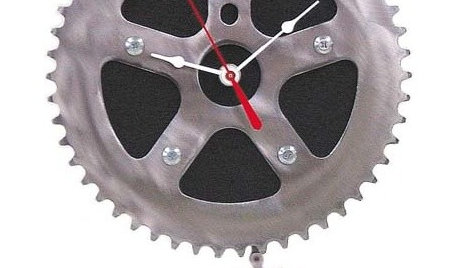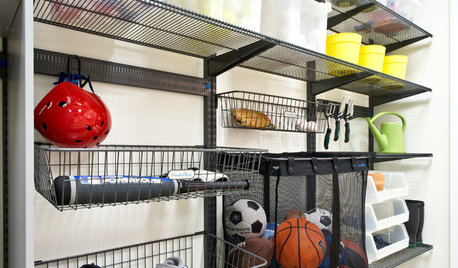So you decide it's time to acquire this skill. You can hem and haw and procrastinate, but sooner or later you have to offer up a real quilt. You bite the bullet and prepare yourself for the possibility your pieced top, which took you months to make, might be a sacrificial offering.
After the first hour, during a break, I notice my jaws are clenched so tightly that I should be wearing a football mouthpiece. The muscles in both arms are aching from trying to control the bulk of the fabric as I move it under the needle. I am saying to myself "wait a minute, this is supposed to be fun!" This is day three and I thought I'd report in that it is finally beginning to be fun. I am at least 3/4 finished with a queen-sized quilt and I'm going to throw out a few things I've learnt. Not because I've suddenly become an expert, either. Far from it.
I think it's sometimes easier for newbies to learn from someone else who can relate to their fears and skill sets and had to battle the same demons. When you get your feet wet, what the experts have to say becomes a lot more understandable. LOL.
FMQ instead of straight seaming is like the difference between piloting a cessna and a heliocopter. You are working in more dimensions at the same time and they all have to be in unison. Some things I've discovered:
Don't get so absorbed in getting the proper site under the needle that you don't watch your hands. I felt a sudden pain, held back a regurgitation and looked to find the ram and needle had come down into my fingernail, so close to the quick that the flesh under the nail had been pulled back by the needle, avoiding a possible trip to the ER. I haven't done that to myself since I was a sweet young thing.
If it doesn't feel right or drags, then stop immediately and see why. If you can, stop with the needle down to keep your place.
When you initially start up, pull the bobbin thread through the front of the cloth so that both threads are on top and away from the needle. Trim all extraneous threads from your quilt before you even start, so they won't be caught up in your work.
Now is the time to do the best sandwiching you have ever done, it'll pay you back in the end. If the immediate area under and around the throat of the machine are flat and smooth and you've sandwiched well, you won't have puckers on the reverse.
Don't work in slow motion. Stop freqently and check the back of your work. Those loops you sometimes see on the back means you are moving the material too quickly for the speed of the machine. Work in an even speed and the first attempts are not a good time for contrasting thread or plain backing. Busy can be good. LOL. Use a good quality thread, this type of sewing can demand a lot of it. Even stitches are great, but that comes with time. Unless you are terribly sloppy, only another quilter will notice it immediately.
Meander pattern is a GOOD THING for a first time attempt. I am not quilting any closer than suggested for the batting. Long, loose curves allow you to not come up with sharp angles and they stick out like a sore thumb.
Take extra care along the sides. I've found that by gently making the fabric taut, the edges are laying flat and even. If you aren't careful here, you'll have ruffly edges for which you'll have a devil of a time compensating when you apply binding.
I also found out there are some poorly made FMQ/darning feet out there. I sprung for a more expensive one initially assuming it would be better made. It wasn't and the little tension bar failed quickly. Going through the accessories for my vintage machines I found one for my sixty year old Necchi would fit both of the low-shank machines I use most frequently. It is designed with a real bar and not a heavy wire. It functions beautifully. I also found out that a 99 dollar twenty five year old elcheapo machine outquilts my new more expensive heavy-duty machine fifty ways from Sunday.
Sorry to be so wordy........I just remember more than a few remarks from 'would be' machine quilters why they haven't progressed from practising to producing and mean to be encouraging to them to just jump in and do it. Feel free those of you who actually are proficient in this skill to add your comments.















fran1523
murphy_zone7
Related Discussions
Red Cecile Brunner sport--what do you do?
Q
'Pink Pearl' and her sports do quite well in the South
Q
FMQ advice
Q
Sports injury and parents situation
Q
littlehelen_gw
bev2009
calliopeOriginal Author
cindykg23
karpet
quiltnhen
rosajoe_gw